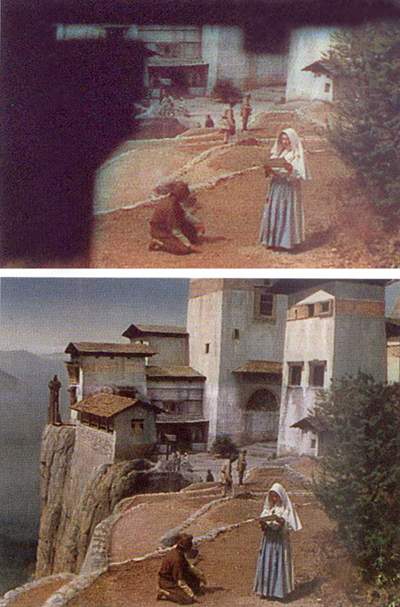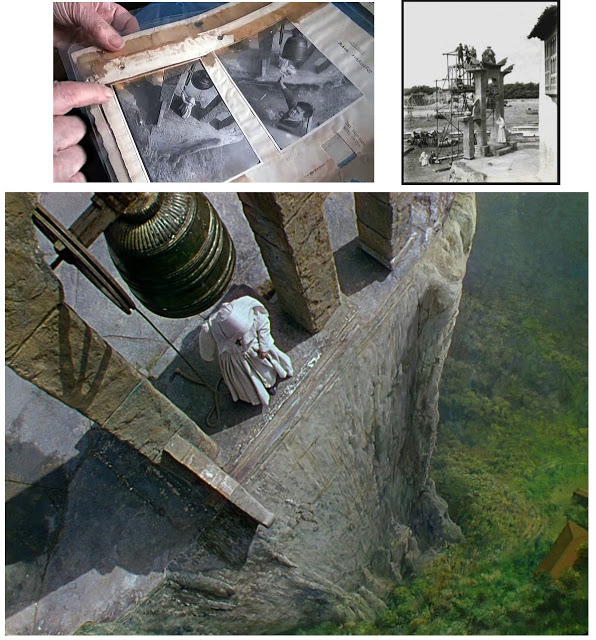This isn’t really a film of the fifties as this site is titled BUT James Bond first appeared in the early 50s and many of his adventures – certainly in the books – takes place in that period.
He has since then come up-to-date so to speak, and his new film Skyfall is one of if not THE best Bond film ever.
He even gets to used the famous DB5 Aston Martin car – Above.
Isn’t it funny that with the wonderful array of modern cars around today that a 50 year old one should turn heads – and look just SO GOOD !!
![]() Skyfall has action taking place mainly in England but it is none the less exciting for that. London features strongly and this film will be a major tourist boost for the city I think.
Skyfall has action taking place mainly in England but it is none the less exciting for that. London features strongly and this film will be a major tourist boost for the city I think.
Many action shots take place in the capital.
Glittering Premiere at the Royal Albert Hall
Royal Albert Hall – Above The Film Premiere
James Bond is back. Skyfall is a magnificent return to form for Bond and in what is considered to be one of the best Bond movies ever.
Skyfall is brilliantly acted, well paced, with touches of humour and some great references to Bond movies past. Visually the movie is stunning with some beautiful locations from Shanghai and Macau to the Scottish Highlands and we start off in Istanbul.
Above – Shanghai – Friends of mine visited there in the summer – a place their son has been working – and they loved the place.
Sam Mendes has made his name through excellent movies. An accomplished theatre director. He is a director who rarely does a bad movie and he certainly delivers the goods with this one.
Daniel Craig lays claim to be the best Bond ever and the best actor to have played Bond. He is an experienced little rough around the edges and dangerous Bond who is entirely believable. Judi Dench has a much larger role in this film and her performance must surely gain recognition.
Javier Bardem also impresses in a ‘scenery chewing’ performance here as the villain.
Now I am going to make a comparison here that I doubt anyone else will – here goes:-
I thought that Javier Bardem’s part was played by him almost in the same style as Robert Newton’s famous portrayal years ago of Long John Silver in Treasure Island. Javier dominates the screen and is ‘larger than life’ in the scenes he has and in a way it is a calculated – slightly over the top performance with the tiniest hint of pantomime – that enables him to become a real scene stealer. I reckon the Director gave him carte blanche to ‘let rip’ when he was on screen – and this he did to great effect. Byron Haskin did the same with Robert Newton in a now classic film role by which all future actors in the part would be compared – this might happen again with Havier in this film – and the villain in future Bond films just might have to up his game after this. A low key performance would now be difficult to take.
Naomi Harris and Bernice Marlohe are gorgeous as the two Bond girls and I think we will see more of Naomi in future films – those who have seen the film will know why. The cast was completed with a very effective role for Ralph Fiennes and Ben Whishaw as the new Q gives us a new angle on the role and he appears very confident in his playing of the part. Albert Finney appears too in the gripping finale set in the Scottish Highlands.
Also Rory Kinnear appears as a close ally of M and he too is top class – I didn’t know a lot about him except for his famous father but he is a very capable Shakespearean actor and it showed here.
I think he ‘under played’ his role quite skilfully and effectively too.
All in all a Must See Film !!!
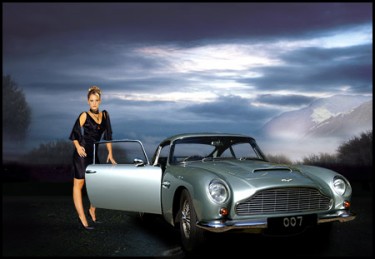

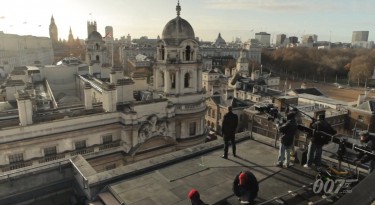
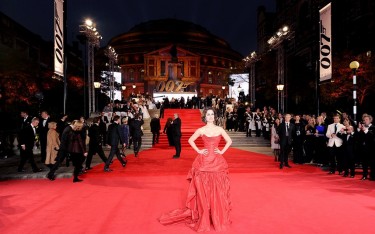
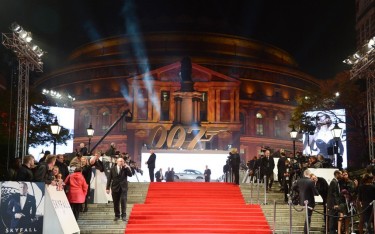
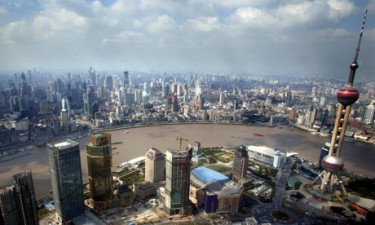
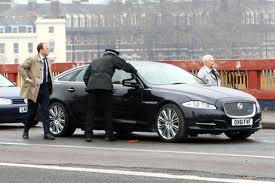
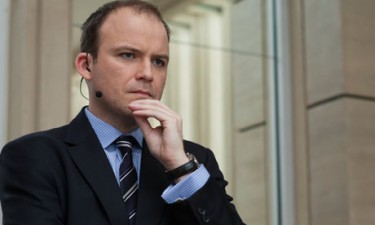
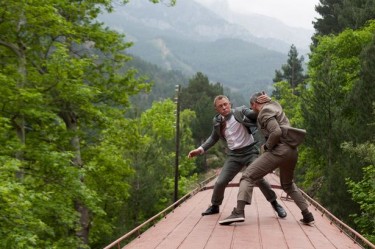
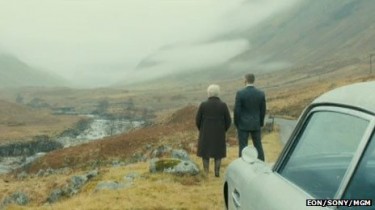
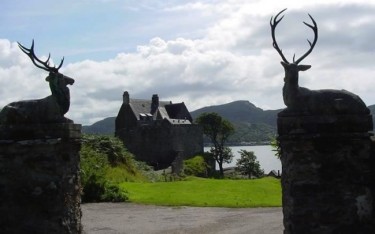
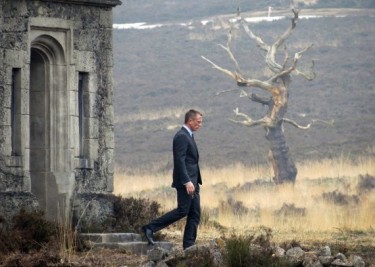
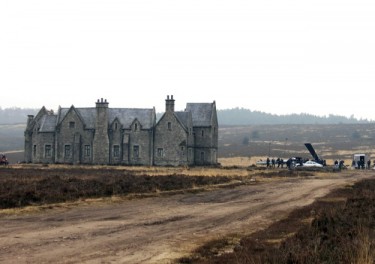
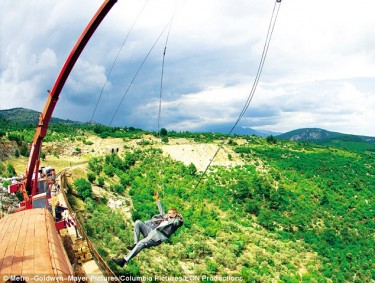
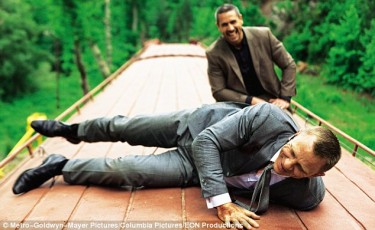
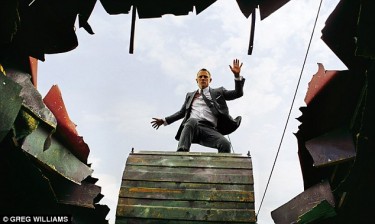
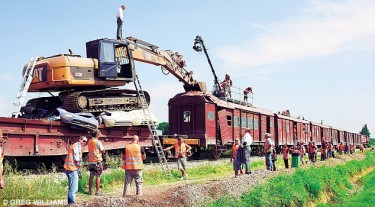
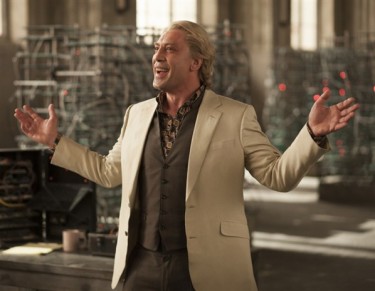
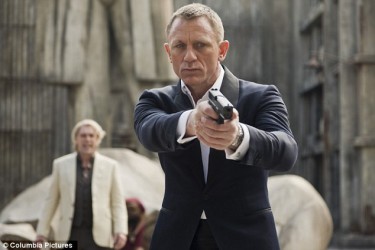
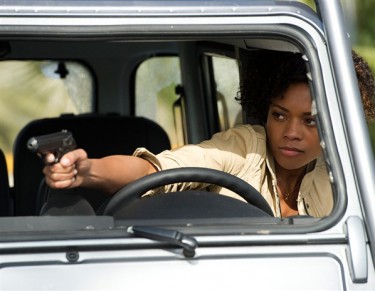
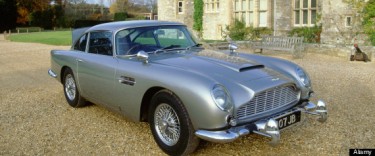
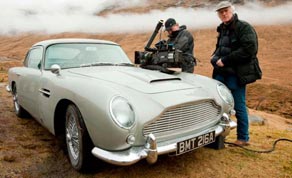
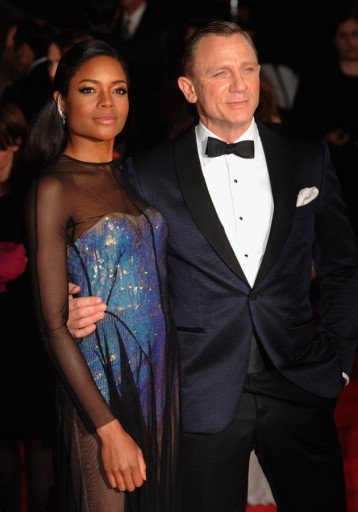
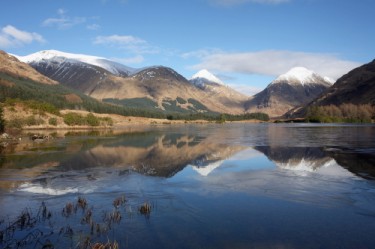
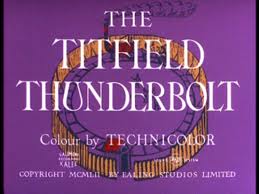
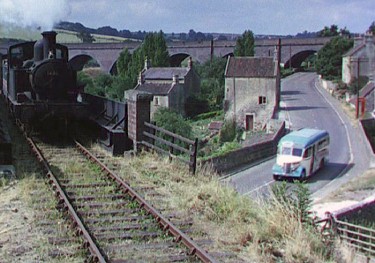
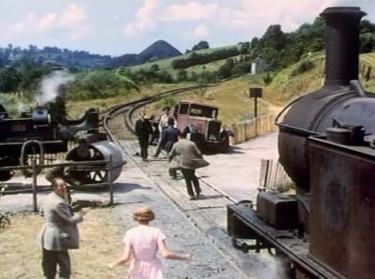
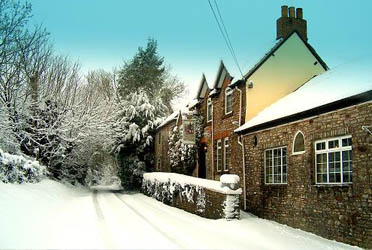
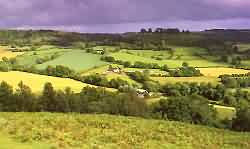
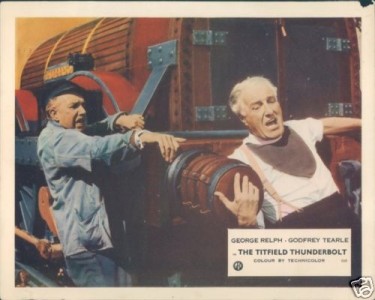
 Naunton Wayne
Naunton Wayne 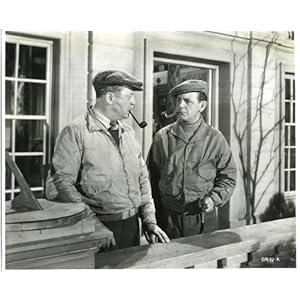
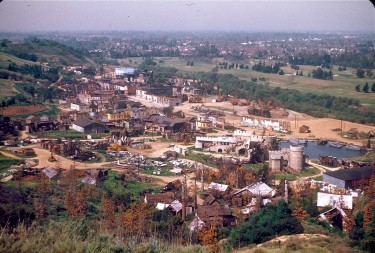
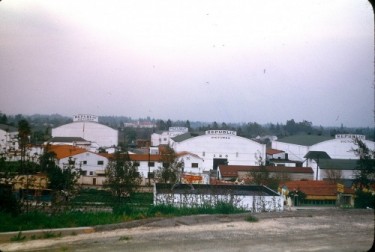
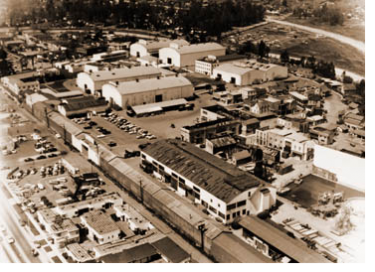
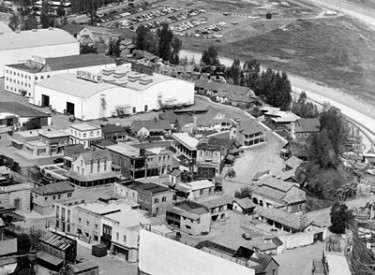
_02-crop.jpg) Jon Hall in The Hurricane
Jon Hall in The Hurricane Roddy McDowell in Kidnapped
Roddy McDowell in Kidnapped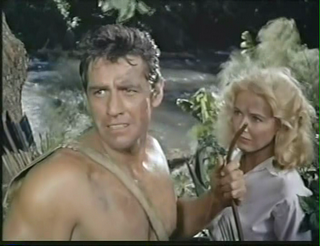
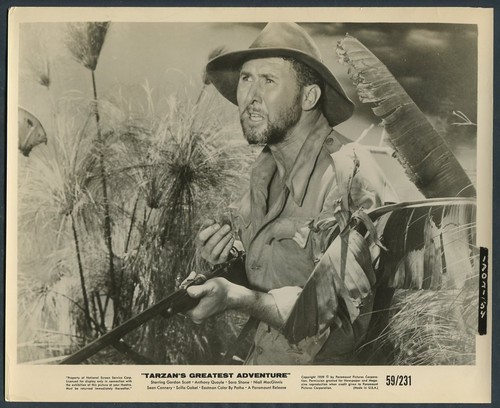
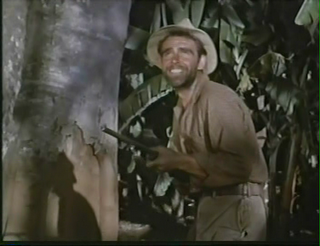
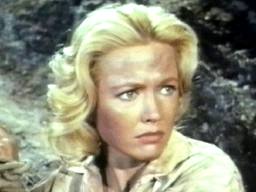
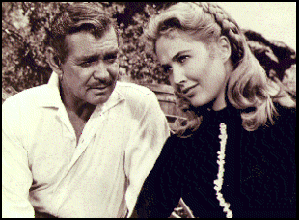
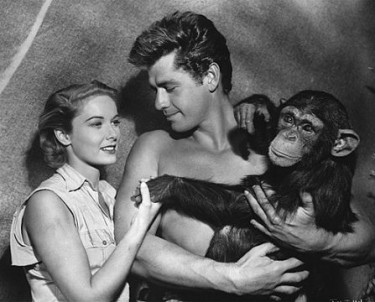
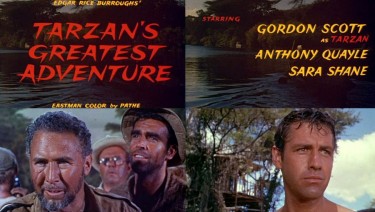
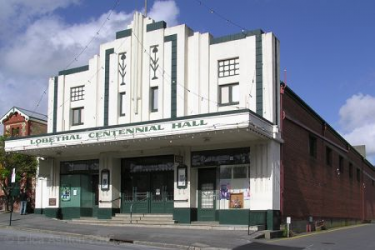
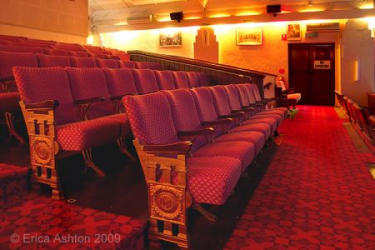
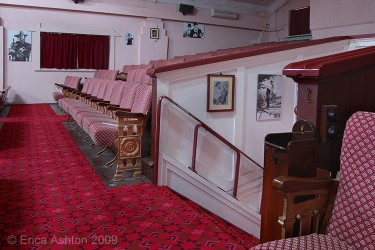
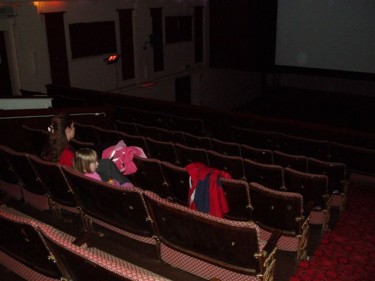

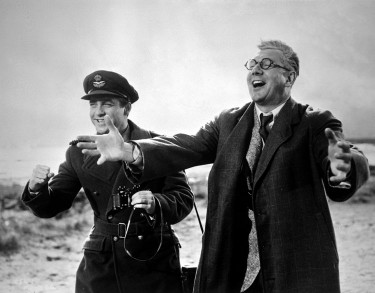
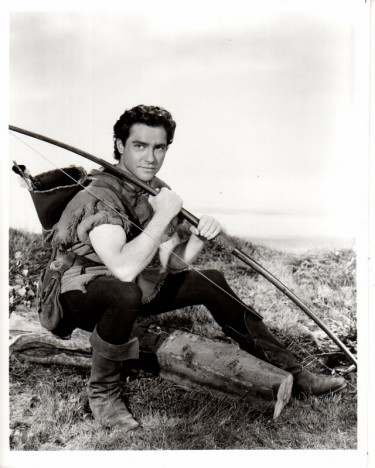
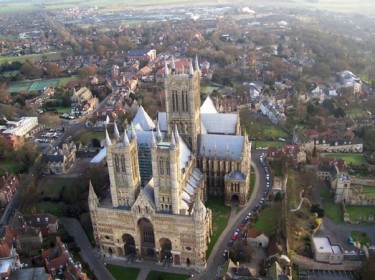
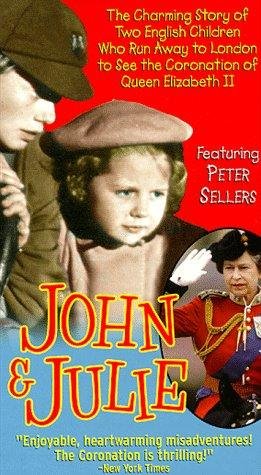
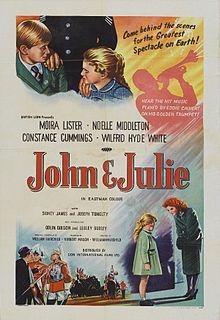
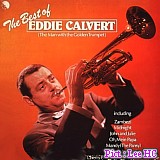
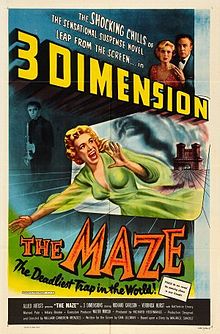
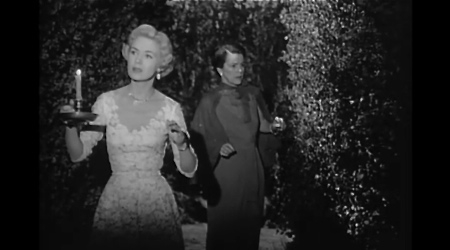

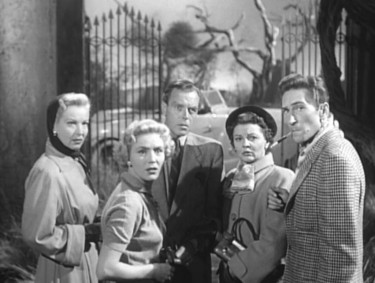
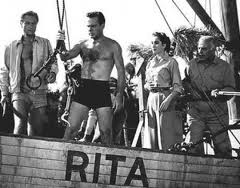
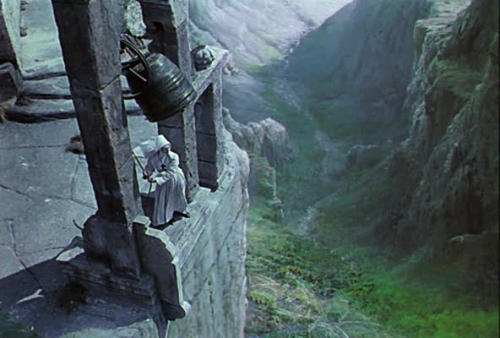
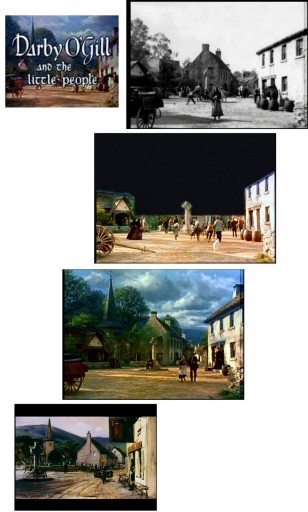
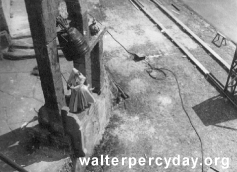
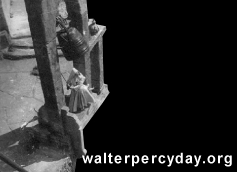
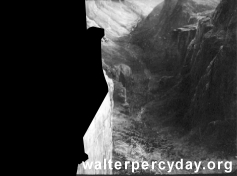
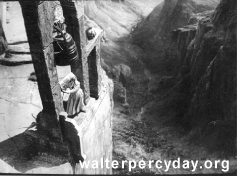
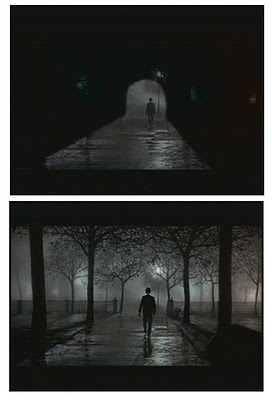 On Mary Poppins above – the top picture shows the small segment of the picture that had David Tomlinson walking on a wet studio floor BUT the lower one shows how we saw the film on screen – he is walking through a London Park – Thanks to a matte painting and we never knew !!!
On Mary Poppins above – the top picture shows the small segment of the picture that had David Tomlinson walking on a wet studio floor BUT the lower one shows how we saw the film on screen – he is walking through a London Park – Thanks to a matte painting and we never knew !!!